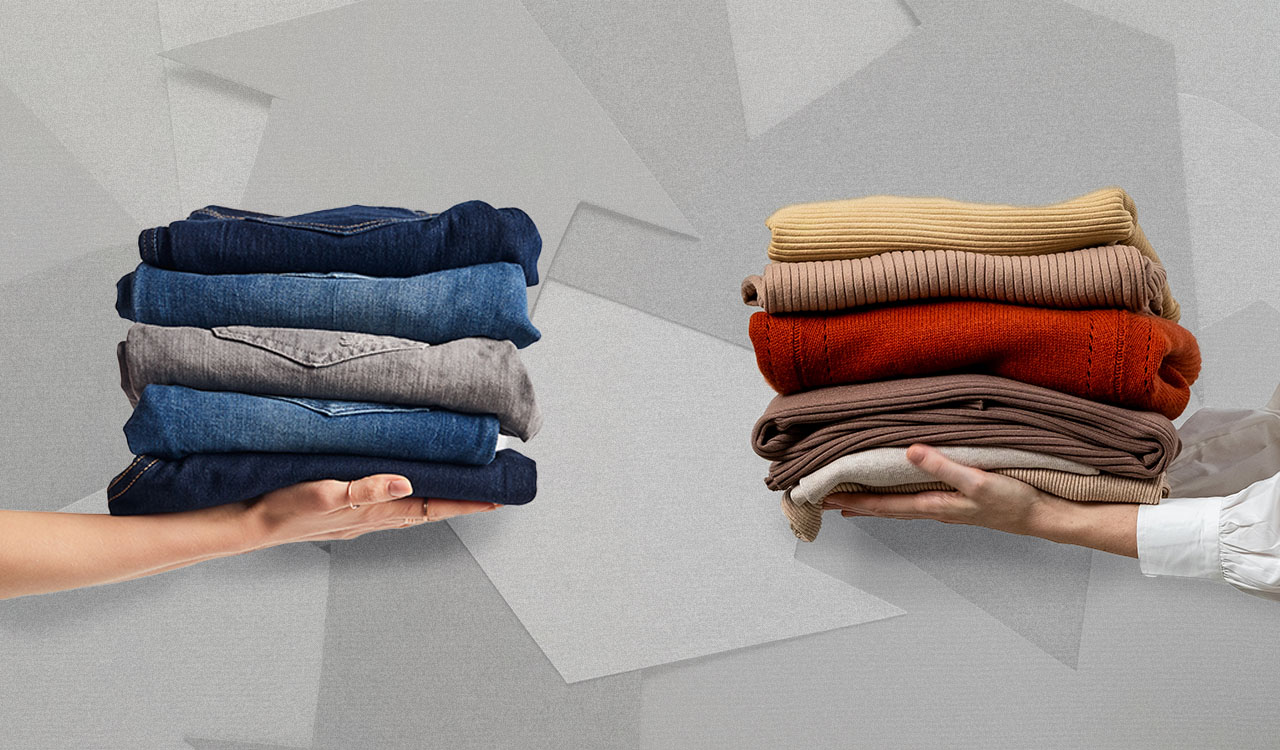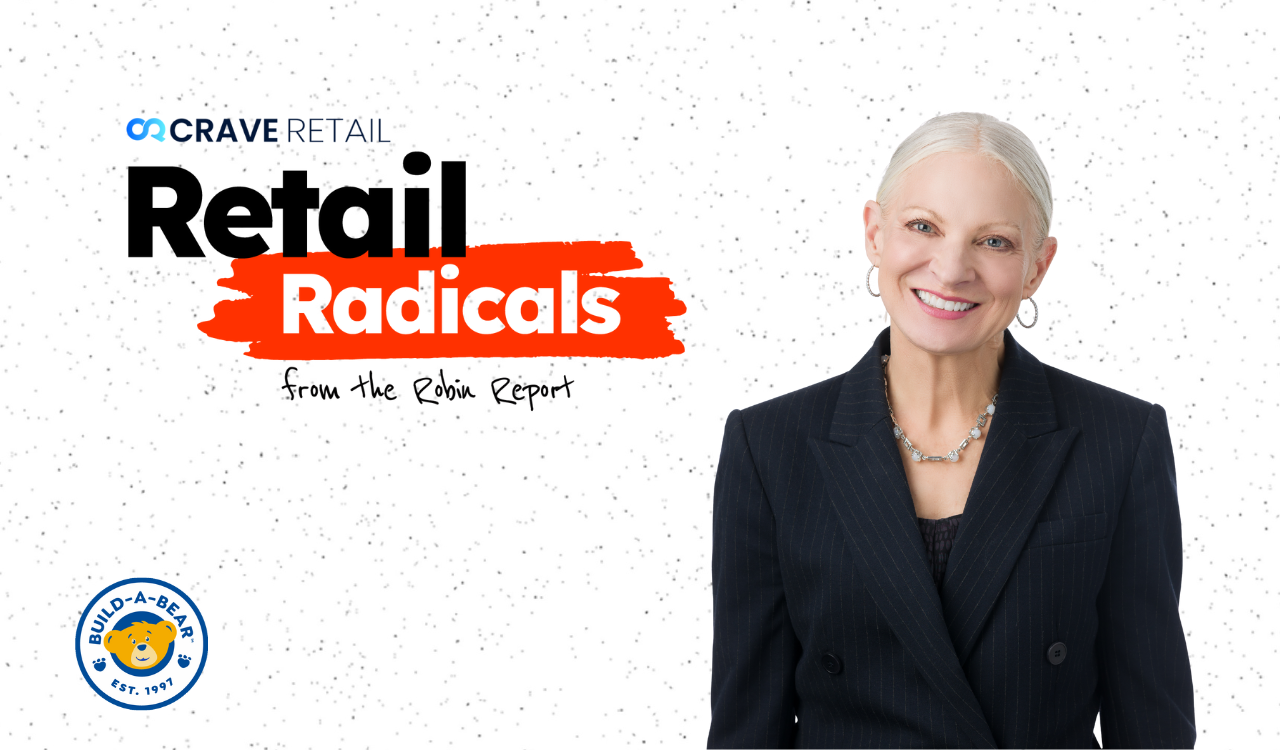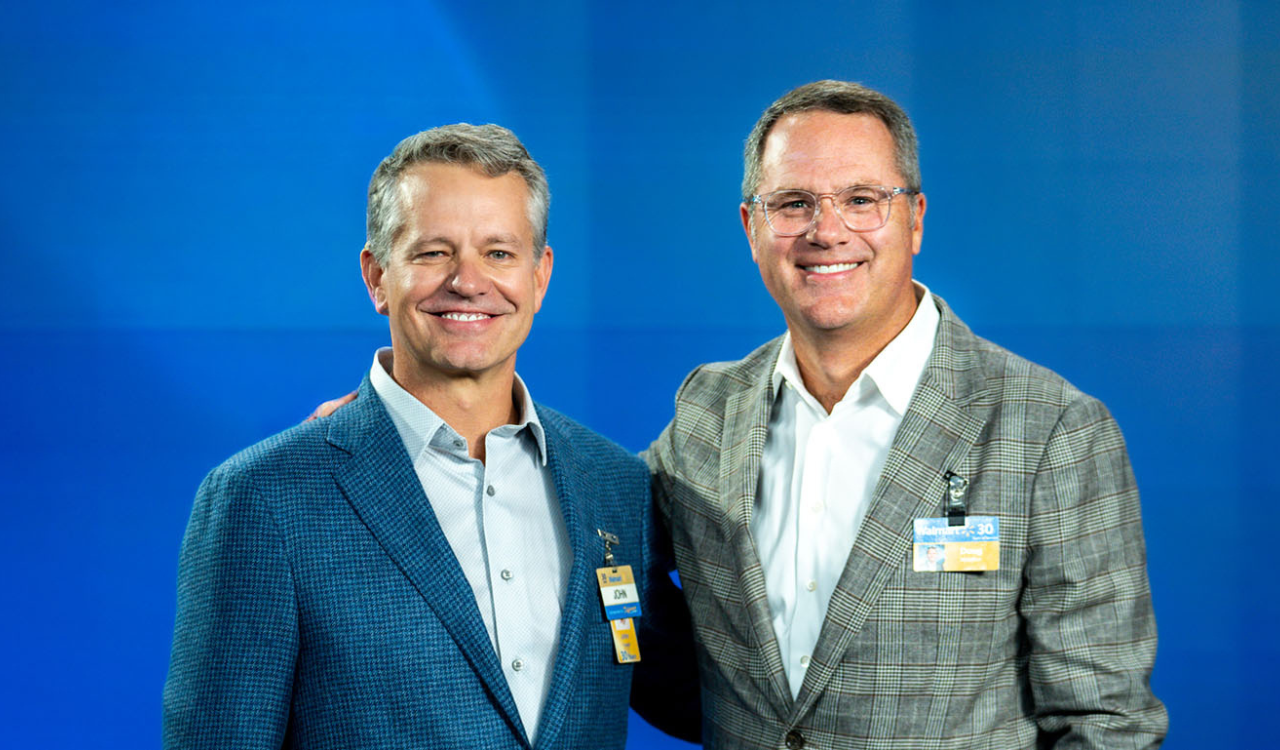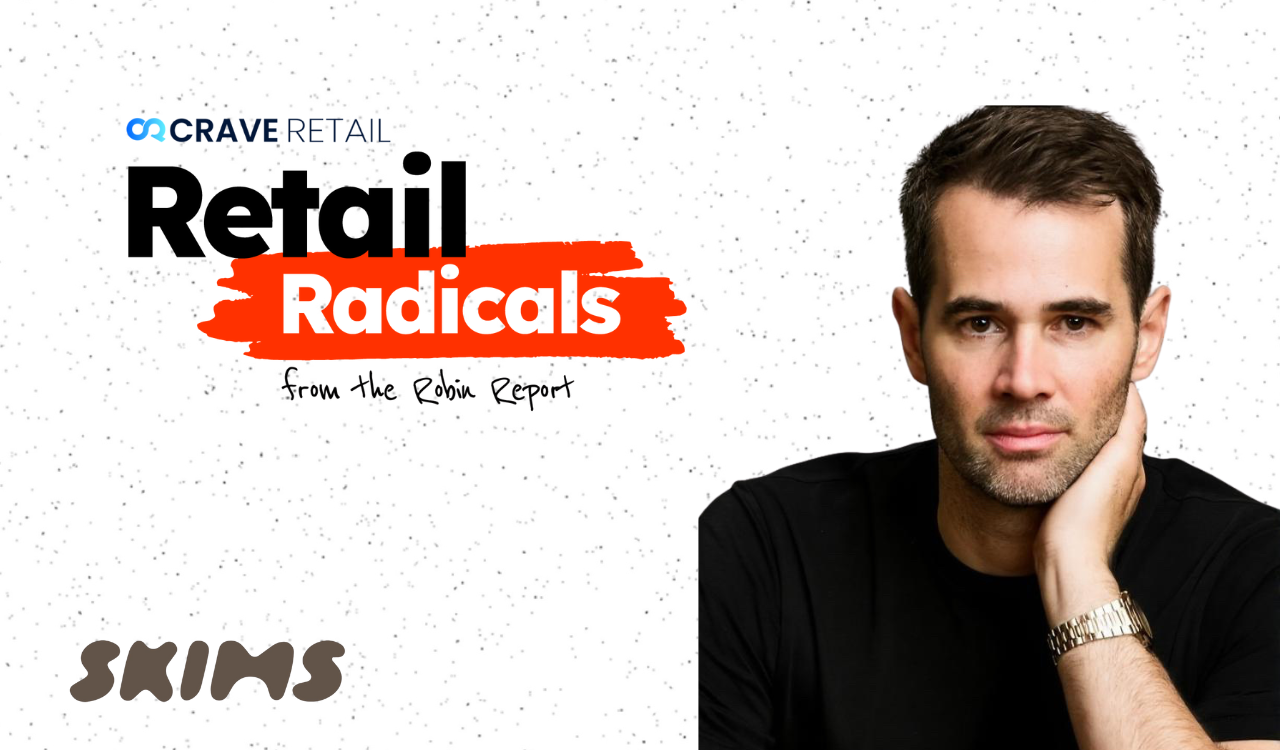Retailers beware: An anti-materialist, anti-consumerism, buy nothing movement sentiment is growing. It will profoundly impact consumers’ buying choices and shopping habits and therefore dent revenues and profits for corporations. In a pay-it-forward twist, corporations’ ambivalent and greenwashing environmental posturing is coming back to haunt them.
Buy Now! Is designed to provoke and motivate action; it shows many disturbing real-life scenes, including a Southeast Asia factory where workers recycle cast-off electronic appliances in slave-labor conditions as they are exposed to harmful metals and chemicals, and African children scavenging on a once-beautiful beach that has become a virtual landfill of supposedly responsibly recycled clothing bulk shipped to Africa.
Next Gen Shifts
This trend is led by Gen Zers, born between 1995 and 2012 (ages 12 to 30 years) just as their lifelong shopping habits and purchase preferences are being established. It’s also growing among the 30+ year-old crowd as they become increasingly concerned about the world they will leave behind for their children and grandchildren. And then the boomers are in the life stage of decluttering and downsizing. Like any tide that lifts all boats, this anti-consumerist tide could be one that slowly and steadily sinks the fortunes of retailers and brands.
Ethical Responsibility
Activists and sociologists argue that the overconsumption movement is a moral imperative, including Boston College Professor Juliet Schor. She is both an economist and a sociologist and has made her life’s work the study of the American consumer culture and its implications. Her more popular books include True Wealth: Why Millions of Americans Are Creating a Time-Rich, Ecologically-Light, Small-Scale, High-Satisfaction Economy and The Overspent American: Why We Want What We Don’t Need.
In a 2012 academic paper, she and co-author Margaret Willis investigated the connection between political activism and conscious consumption, defined as “any choice about products or services made in a way to express values of sustainability, social justice, corporate responsibility or workers’ rights and that takes into account the larger context of production, distribution, or impacts of goods and services.”
Their study identified the demographics of those most drawn to conscious consumption, high-capital consumers, specifically highly educated and high-income consumers who are disproportionately female. It also challenged a popular theory that individualized conscious consumer behavior has little to no impact on bringing about the broader social and political actions needed to affect meaningful change.
Their research on the contrary found that an individual’s consumption choices in no way undermine, displace or substitute for collective and political action; rather, advance the cause. The very title of their paper proves their findings: “Does Changing a Light Bulb Lead to Changing the World? Political Action and the Conscious Consumer.” Ironically, it took ten years after the publication of that paper before the U.S. banned the sale of incandescent light bulbs in favor of the more energy-efficient LED variety.
What’s In a Name?
The anti-consumption movement is called by many different names, including back-to-basics living, conscientious, ethical and mindful consumption, thrifting, the circular economy and prosumption. In academic circles, it goes by the philosophy of political consumption.
As a grassroots movement, it is highly dispersed, though centrally disseminated through social media and blogs. The “underconsumption core” trend on TikTok pushes back against aggressive marketing that drives people to buy more. Underconsumption influencers exert social pressure on their followers to consume less and buy more responsibly.
Admittedly, there have always been movements against modern American materialistic consumer culture. One of the most powerful was the 1960s Hippie counterculture movement propelled by then-young Baby Boomers. Yet this time it feels different with the rise of social media and the increasing influence of alternative media.
People’s trust in the government, politicians, political parties, big business, legacy media, educational and other social institutions is at an all-time low. But instead of regularly taking to the streets, people are turning to digital streets promoting individualized actions to bring about the changes they want to see in the world. Influencers are the new movement leaders and young people are looking to emerging grassroots leaders and trustworthy others in their social circle to show the way.
Buy Less Movement
The buy nothing movement and the freecycling and underconsumption movement have a core economic hook: By buying only what you need, you can save money and live more frugally. And the concept has gained traction over the last few years thanks to inflation and consumers’ economic challenges. But that’s not the primary appeal. It’s grounded in a wider ethical concern about the long-lasting environmental impact of our current lifestyles and consumption habits.
Two influential groups have formed around the principles of underconsumption:
- The Freecycle Network was founded in 2003 by Deron Beal to share unneeded items with those who may need them and recycle, upcycle or repurpose them. Freecycle claims over 11.5 million members internationally that are organized within 5,000 town groups to make local sharing easier.
- The Buy Nothing Project founded in 2013 claims 7.5 million members and 128,000 community groups. It was started by Liesl Clark and Rebecca Rockefeller following the same principles of gifting and sharing items to give them an extended life and keep them out of landfills and the oceans.
Both groups and others, like Trash Nothing, maintain rules of conduct for members, such as no selling of gifted items. And along with the barter practice, enabling members to post unwanted items to share, and make requests for items needed. Freecycle maintains a website and Facebook page to post and share. Buy Nothing also has a mobile app, which is a refreshing antidote to the buy anything and everything messages that incessantly pop up on our cell phones.
Notably, a survey conducted by Cleo among 700 American Gen Z and millennial consumers, aged 17 to 43 years, found that an overwhelming 72 percent were considering the Buy Nothing challenge this holiday season to cut back on unnecessary spending.
Raising Awareness
A new Netflix documentary, Buy Now! The Shopping Conspiracy rejuvenates the overconsumption situation by dramatically illustrating our current practice of overproduction and freefall discarding of goods with the result of mounting environmental degradation. Buy Now! Is designed to provoke and motivate action; it shows many disturbing real-life scenes, including a Southeast Asia factory where workers recycle cast-off electronic appliances in slave-labor conditions as they are exposed to harmful metals and chemicals, and African children scavenging on a once-beautiful beach that has become a virtual landfill of supposedly responsibly recycled clothing bulk shipped to Africa.
The real-life scenes in Buy Now are contrasted with AI-generated images of what the future could look like if our society continues to produce, consume and throw away goods at the current pace. The overriding message is we all must take responsibility for this mess, corporations and consumers alike.
The most compelling voices in the documentary were two highly accomplished corporate leaders who felt honor-bound to leave their executive positions to make up for their past wrongs. Former Adidas brand president Eric Liedtke confessed his highly competitive nature that powered his steady corporate climb from director of footwear marketing to overall responsibility for the global brand, including product design, marketing, brand management and digital commerce.
After 26 years on the corporate ladder, he had an epiphany and decided he had to be the change he wanted to see in the world. He founded Unless Collective to bring fully plant-based streetwear and athleticwear to market. Instead of going into landfills, unless product can eventually be composted and returned to the earth. “We just introduced the world’s first plant-based sneaker shoe,” he exclaimed. “You can grind it up and it goes back into the ground.”
Paul Polman started his career with Procter & Gamble, moved to Nestle, and then assumed the top CEO job at Unilever from 2009 to 2019. Like Liedtke, he decided to step out of the corporate world so he could do more good. He co-founded Imagine helping advance the United Nations Sustainable Development Goals; goals that he helped develop as a member of the UN Secretary General’s high-level panel. Beyond the work of Imagine, he is also co-author with Andrew Winston of Net Positive: How Courageous Companies Thrive by Giving More Than They Take.
Growing Pressure
The social pressure for consumers to make better, more conscious purchasing decisions is growing, and it has implications for retailers, brands, manufacturers, distributors, and others participating in the marketplace. However, even implementing the most rigorous environmental corporate policies and living up to them may not be enough.
Awareness of the negative effects of the materialistically driven American consumer culture is growing among consumers, young and old, who are increasingly choosing a different path. They are drawn to conscious consumerism not only as a money-saving strategy and way to save the planet but also as a personally fulfilling lifestyle that is simplified rather than complicated by too much stuff. This fundamental cultural shift should not be reduced to headlines and marketing messaging. The U.S. has a long runway to pivot from its overconsumption and denial of lasting environmental exploitation.
Balance Is a Choice
A philosophical reboot of consumer culture is expressed in an engaging 15-minute video by YouTuber Seve, “12 Nordic Habits for a Simple and Peaceful Life: Minimalism.” Scandinavian countries Finland, Denmark, Iceland, Sweden and Norway consistently rank among the top ten happiest countries on earth. By comparison, the United States falls well below, ranked number 23 in 2024 and falling from number 17 in 2022. “Happiness doesn’t come from grand gestures or material wealth, but from the satisfaction of daily, small, simple experiences. This mindset encourages simplicity and self-acceptance, where the pressure to impress others is replaced by the pursuit of personal, inner peace,” Seve explains.
Nordic people choose happiness according to a cultural playbook:
- Live by the 8+8+8 rule to maintain work-life balance. That is eight hours of work, eight hours of personal time and eight hours of sleep, and all, including employers, respect the boundaries between each eight-hour period. “Once the workday ends, there’s a clear understanding that you are no longer ‘on the clock,’” Seve explains, so there are no business emails or calls after hours.
- Live in rhythm with nature and spend time outside daily no matter the weather. “People view themselves as part of nature, not separated from it,” which shapes their ecological consciousness.
- Focus on practicality in purchases and simplicity at home. “There’s more commitment to functional design over decoration,” he explains. “When it comes to possessions, quality is valued over quantity.” By making thoughtful, high-quality purchases, Nordic people achieve a high-functioning, peaceful and well-organized lifestyle.
- Give other people room and maintain quiet in public and private spaces. “Whether it’s at home, in a café, a gym or even a store, there’s a conscious design to make spaces feel calm and welcoming,” he shares. “People take sensory overload seriously and there’s a collective effort to minimize these stress-inducing environments.” He mentions that in the Nordic countries, Ikea has designated hours when the stores are intentionally quiet, with no music playing and no announcements so customers can shop in peace. What a contrast to the American shopping environment.
- Collective responsibility. “People understand that their actions, whether big or small, have an impact on the world and the people around them,” he says. “By lifting others up, we all rise together.” So Nordic people value collaboration over competition. “People work together to achieve common goals, knowing that the strength of the community drives long-term success and harmony.” People don’t seek to stand out through status or praise.
Buy Nothing Movement: Retail and Brands
When the buy nothing, freecycling, underconsumption core movement catches on at scale – and there’s every indication that it will particularly among young people who demand work-life balance and a simpler, more practical lifestyle – then retailers and brands will confront a dramatically different consumer market redefined by new needs and desires.
People will still buy, but they will buy differently. They may substitute gifted, gently used items for many shiny, new discretionary purchases. It will bring about slower growth and define a new normal for marketers. Investing money in advertising to get more people to buy more things more often won’t get the return it once did. Modern marketing has long been a game of cat and mouse, only now the mouse is getting smarter.
Promotion with even a hint of greenwashing will alienate customers. Merchandise mixes will have to contract with fewer products designed for “planned obsolescence” and expand with choices that key into consumers’ desire for meaningful, well-crafted, durable and eco-responsible products. Better quality products will ensure products have a longer lifespan so fewer will end up in landfills.
Waving the eco-consciousness and social justice flag without commitment and an action plan to contribute to change won’t do it. The consumer market is shifting, and brands and retailers must shift with it or be swept under the tide.





